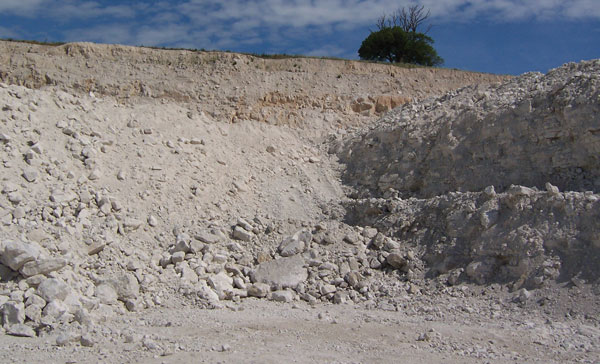Reducing LSF
Just over a year ago an article in ICR discussed the possibilities for reducing CO2 emissions from a cement plant.1 One option was to use less limestone in the kiln feed, thus reducing the CO2 released by calcination (both by dissociation of CaCO3 and because most fuel is used in calcination) and making the kiln feed easier to burn in the burning zone (which therefore requires less fuel). But what are the quality implications of such a reduction and how might they be overcome?

Less limestone is needed for lower LSF clinker
Reducing the limestone content of the kiln feed has the immediate effect of reducing the Lime Saturation Factor (LSF) of clinker. The LSF is a measure of how close the silicate composition of the mix is to being all C3S and no C2S. A clinker with 100 per cent LSF and no free lime will, under ideal conditions, contain no C2S. The total silicate content of the clinker, both C2S and C3S, is determined by the silica ratio (SR).

